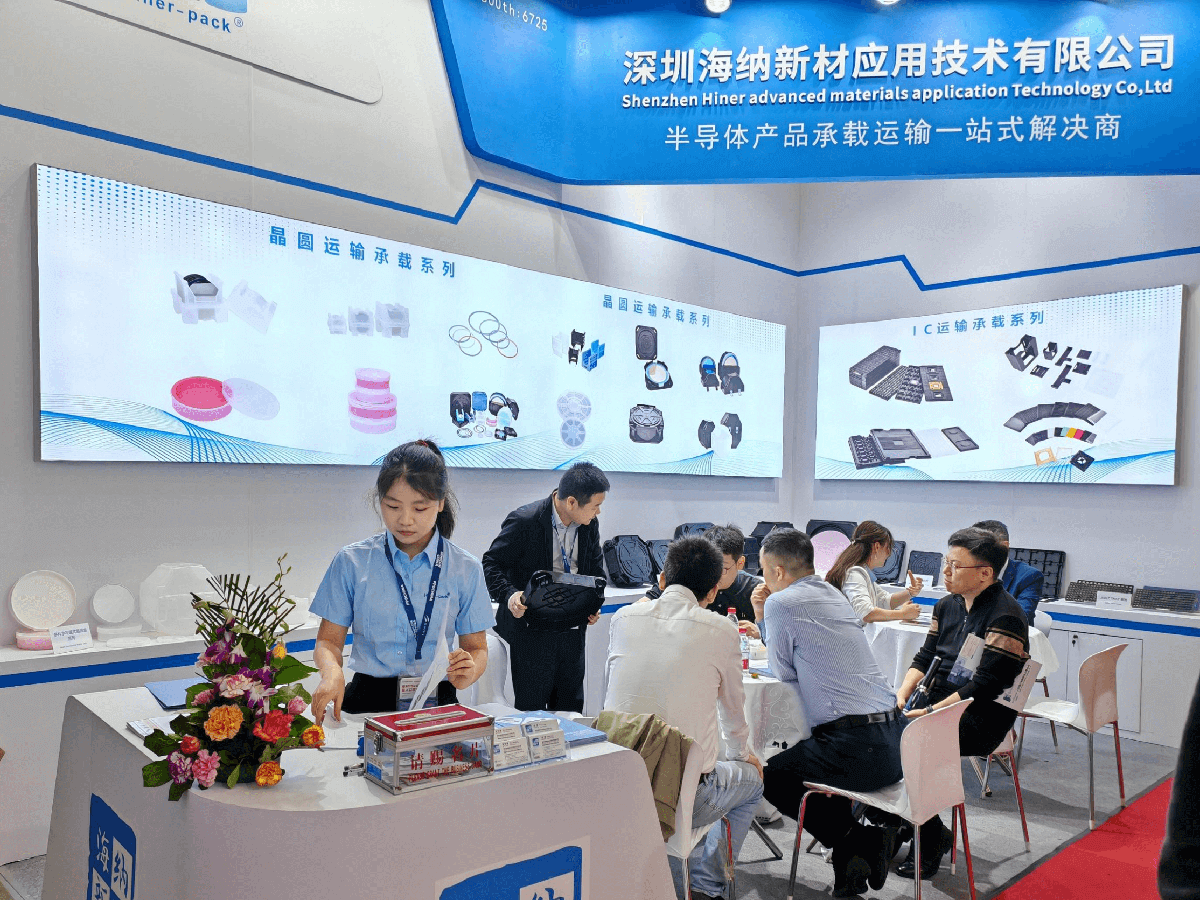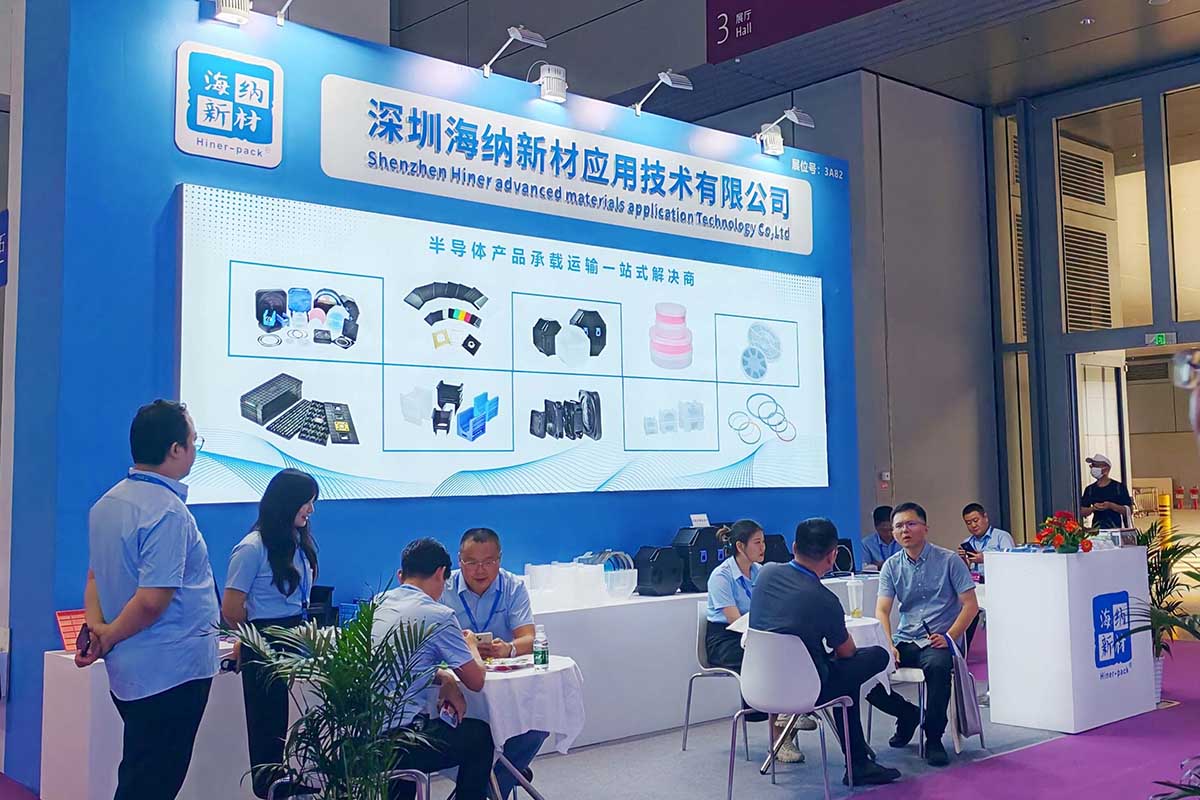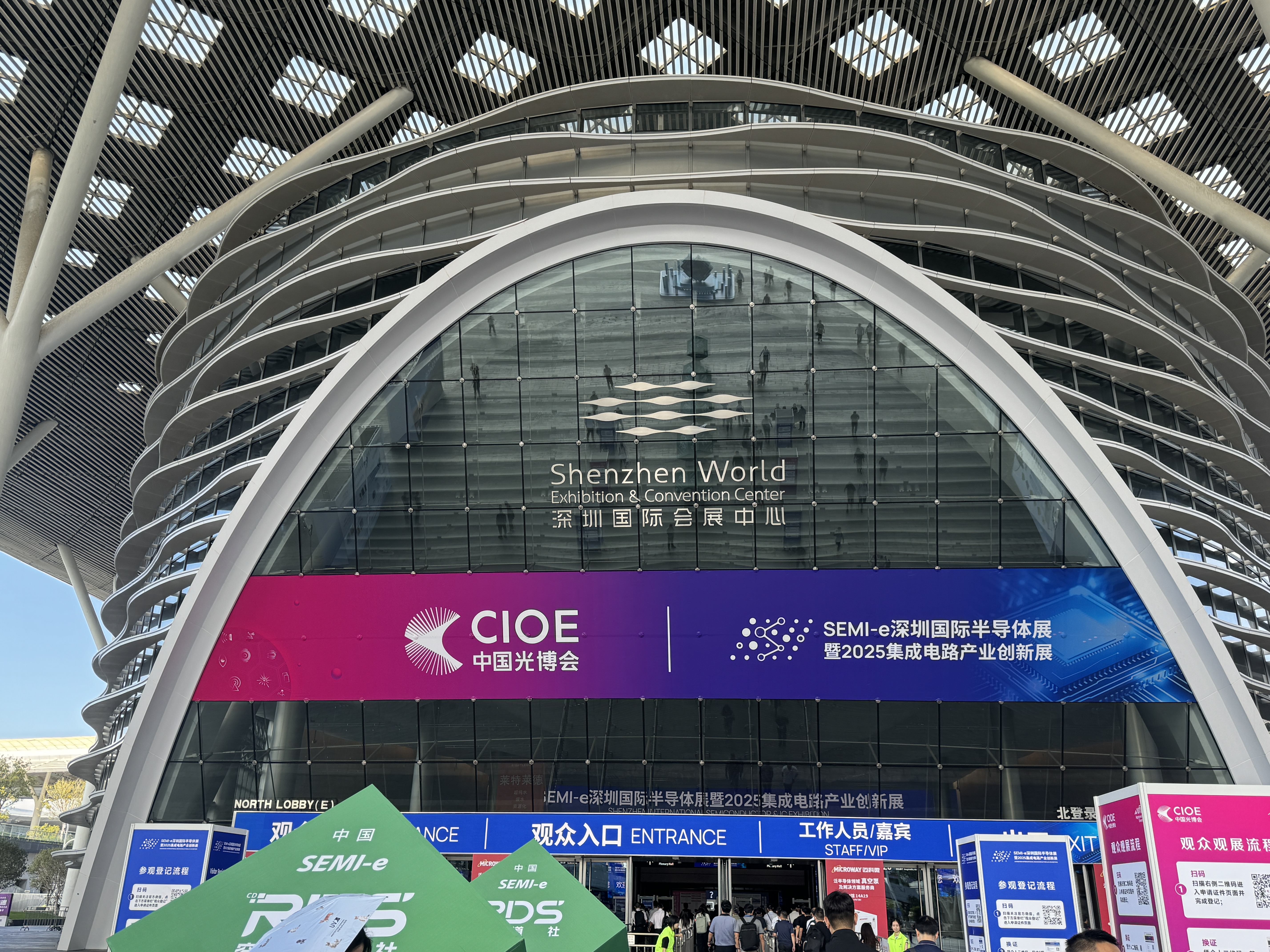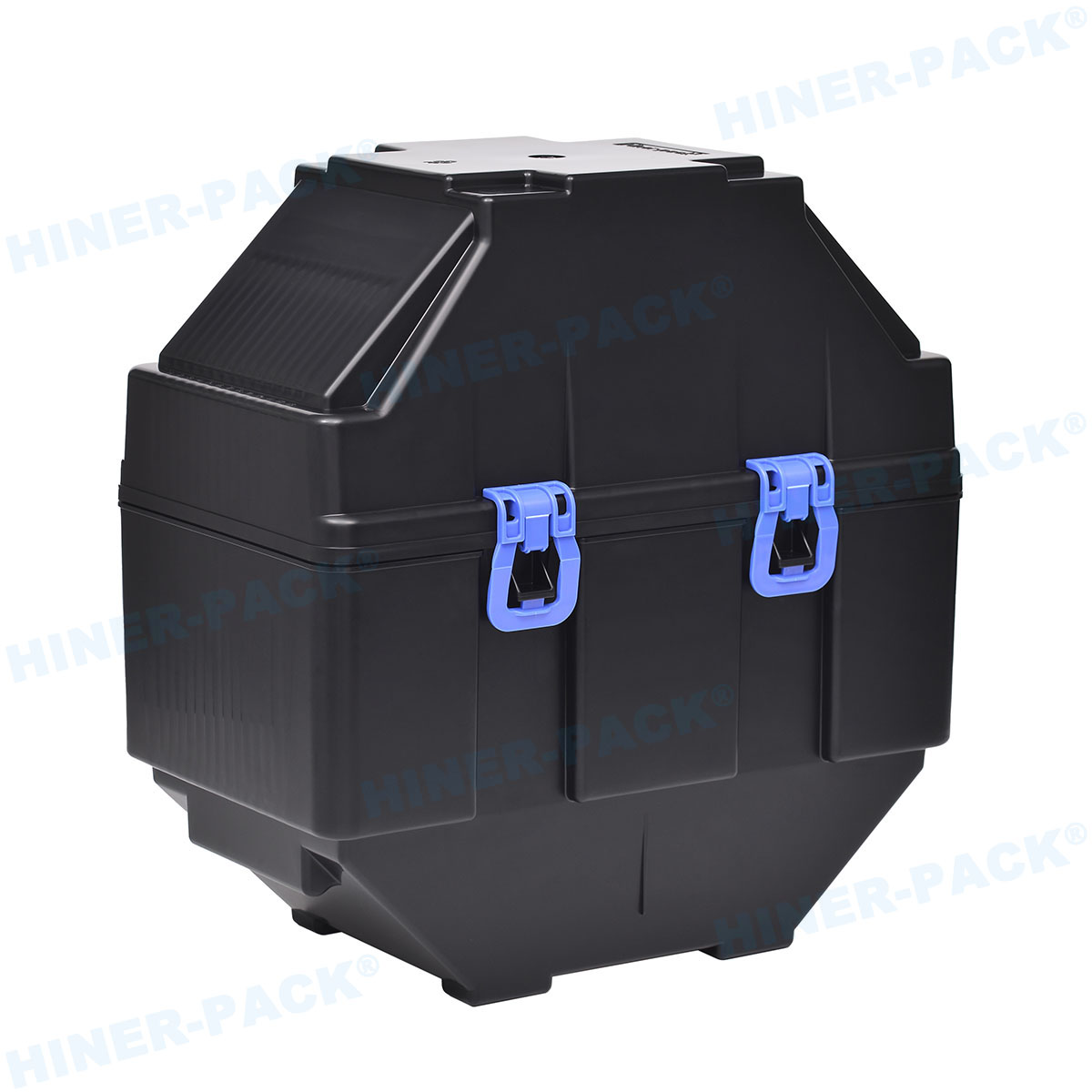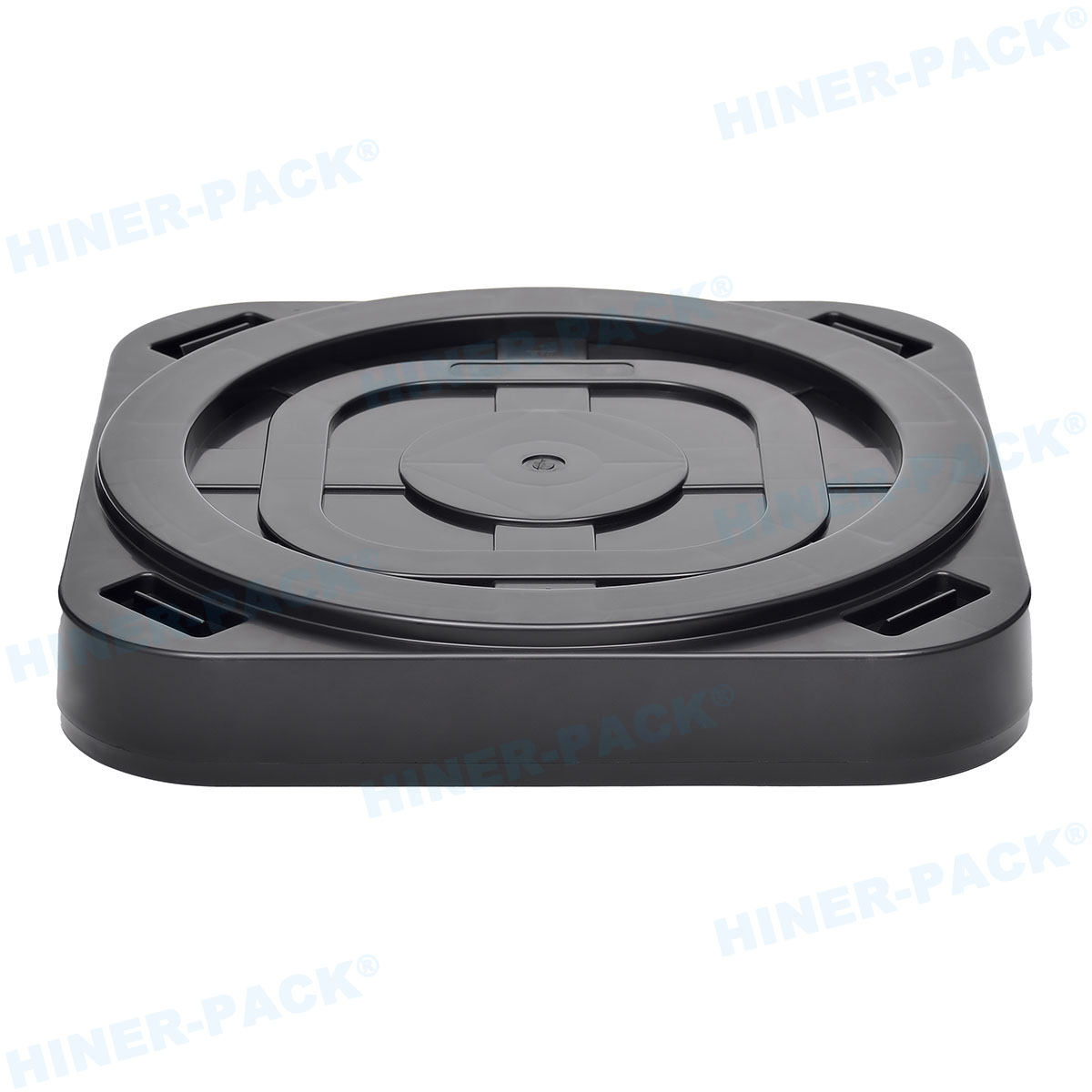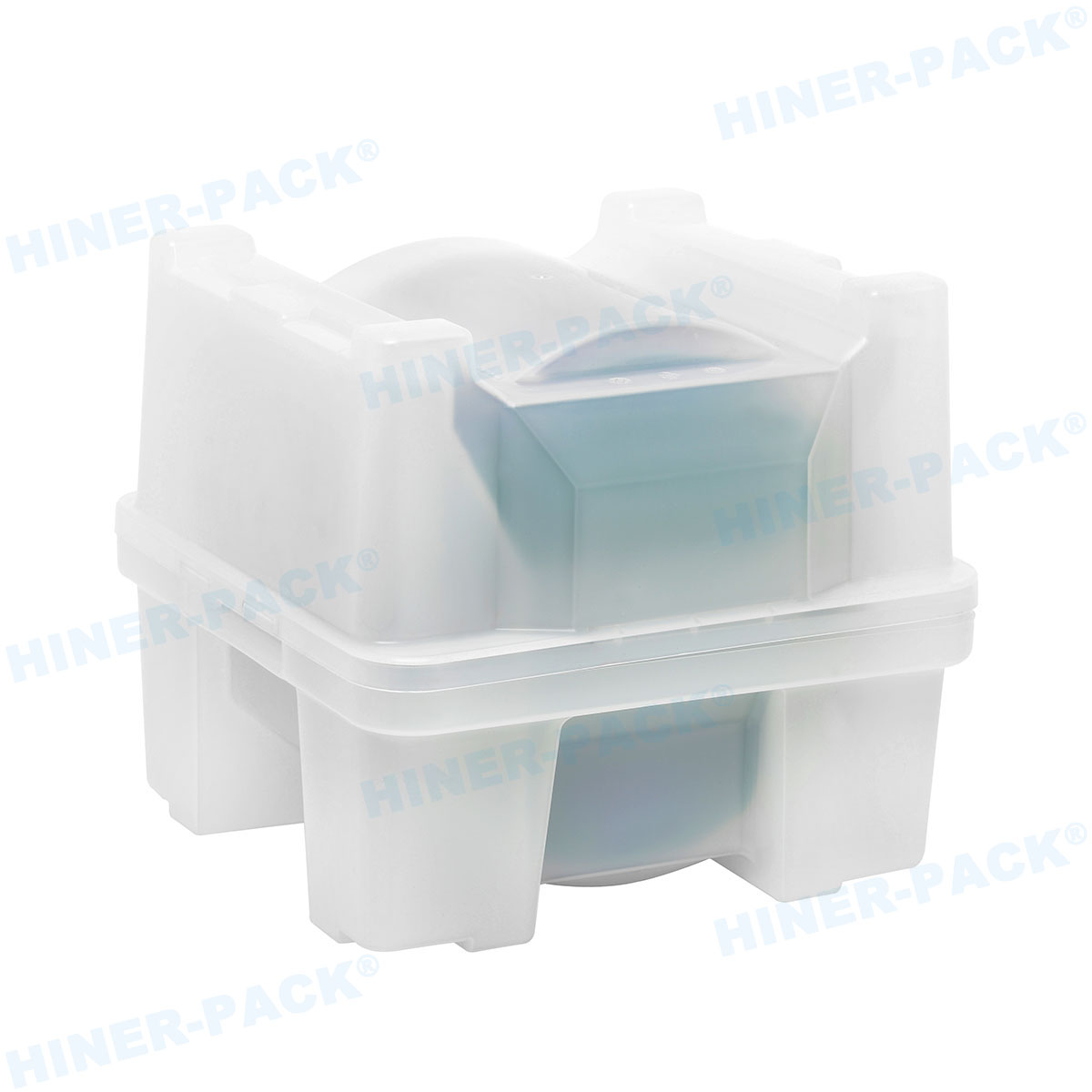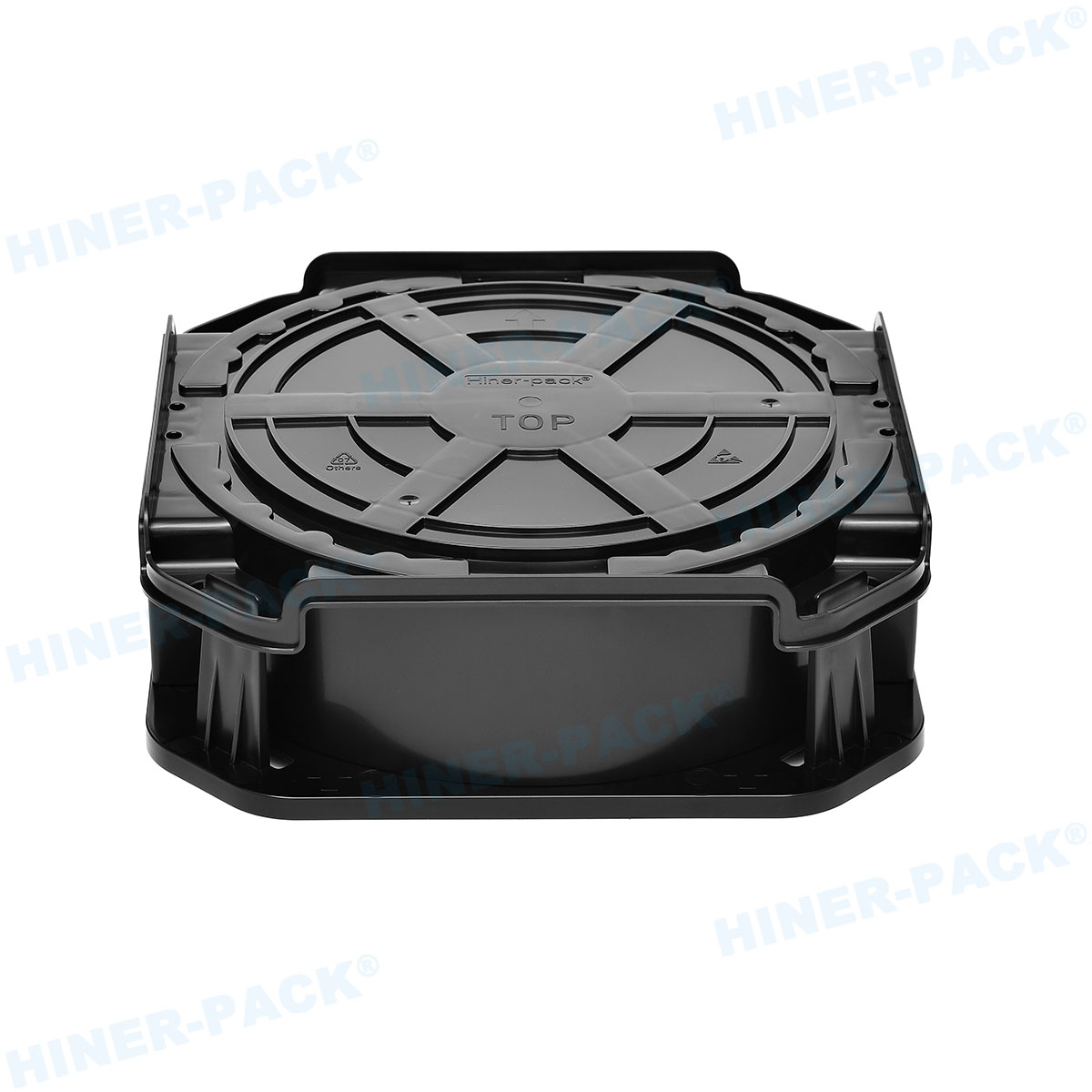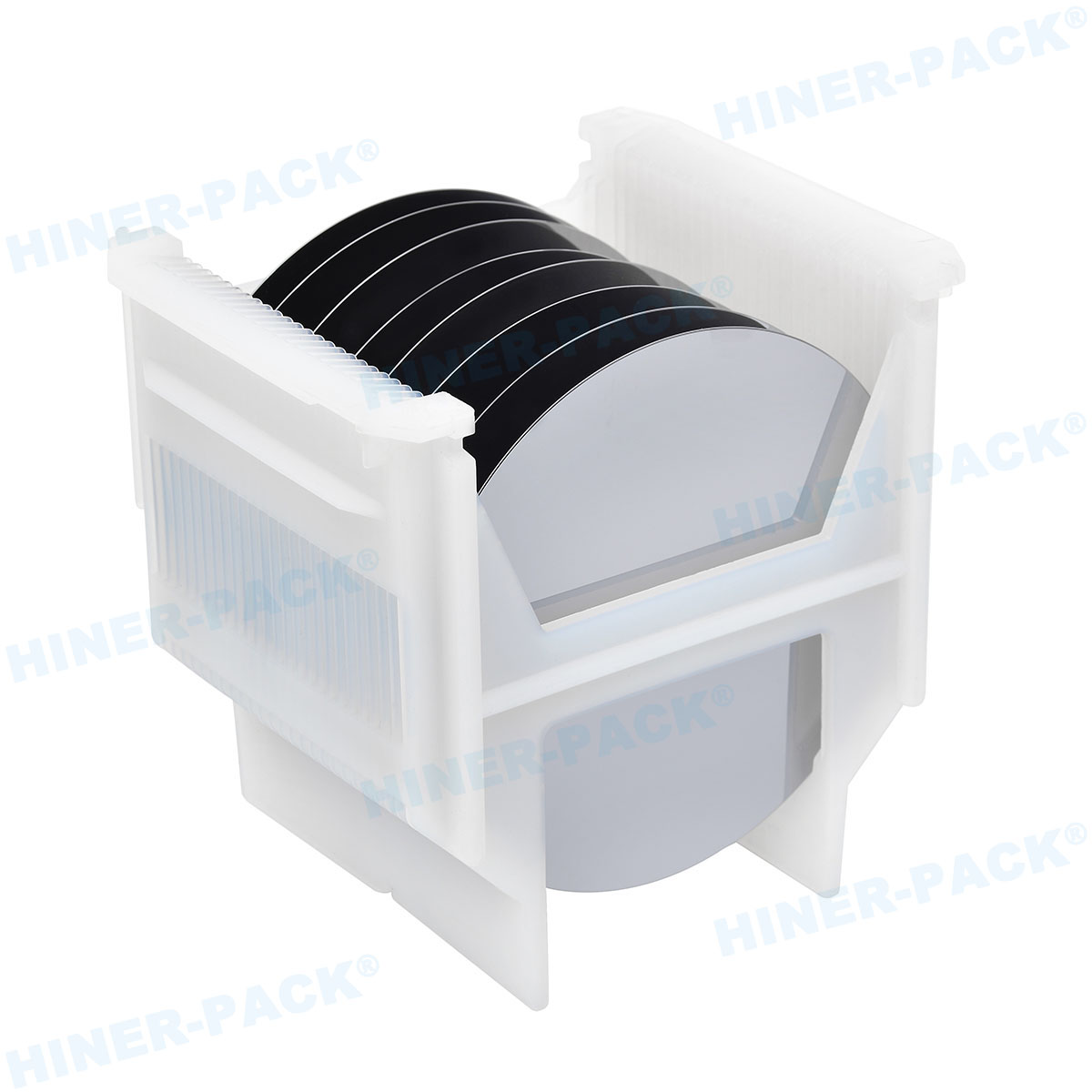In the highly precise world of semiconductor manufacturing, the safe transport of delicate wafers and dies is paramount. A single mishap during shipping can lead to catastrophic losses, costing companies millions in damaged products and production delays. At the heart of this logistics chain lies the flex frame wafer shipper, a specialized container designed to protect these fragile components. This article delves into the essential aspects of these containers, exploring their role, the manufacturers behind them, customization options, supplier selection, and cost considerations. We will also address common problems faced by users and provide practical solutions. Whether you are a procurement manager, a logistics specialist, or an engineer in the semiconductor industry, understanding these elements is crucial for optimizing your supply chain.
The flex frame wafer shipper is engineered to provide superior cushioning and static control, ensuring that wafers arrive at their destination in pristine condition. As semiconductor nodes shrink and wafer sizes increase, the demand for robust shipping solutions has never been higher. This piece will guide you through the key factors to consider, helping you make informed decisions without relying on overly technical jargon. By the end, you will have a comprehensive understanding of how flex frame wafer shipper products integrate into broader semiconductor shipping container strategies, the importance of partnering with a reliable wafer shipper manufacturer, the benefits of custom wafer shipping container options, how to choose a die shipper supplier, and what influences wafer shipper price. Let's start by defining the core product.
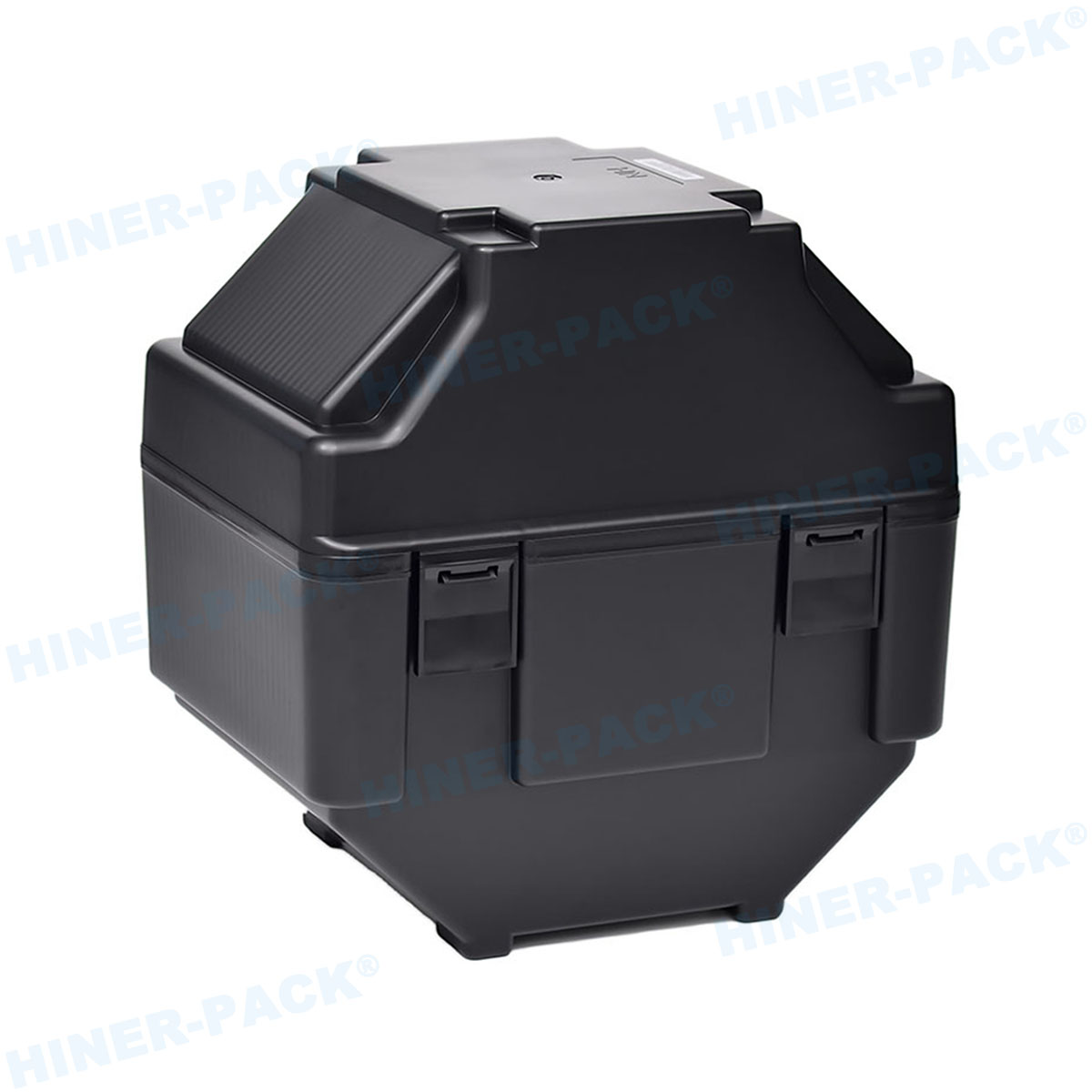
What is a Flex Frame Wafer Shipper?
A flex frame wafer shipper is a type of protective packaging specifically designed for transporting semiconductor wafers, which are thin slices of semiconductor material used in electronics fabrication. These shippers typically feature a flexible frame structure that absorbs shocks and vibrations during transit, minimizing the risk of breakage or contamination. Unlike rigid containers, the flex frame design allows for slight movements that dissipate energy, much like a suspension system in a vehicle. This is critical because wafers, especially those made of brittle materials like silicon, are extremely sensitive to mechanical stress.
The construction of a flex frame wafer shipper often includes materials such as conductive plastics or polycarbonates that provide electrostatic discharge (ESD) protection. ESD can damage integrated circuits on wafers, leading to failures in end devices. Additionally, these shippers are designed to meet industry standards like SEMI guidelines, ensuring compatibility with automated handling systems in fabs. When evaluating a flex frame wafer shipper, it's important to consider factors like load capacity, dimensional stability, and environmental resistance. For instance, some models are built to withstand temperature fluctuations during air freight, which is common in global semiconductor logistics.
In practice, a flex frame wafer shipper is part of a larger ecosystem of semiconductor shipping container solutions. While the flex frame variant focuses on flexibility and impact absorption, other containers might prioritize stacking strength or humidity control. Understanding this niche helps users select the right tool for their specific needs, whether they're shipping finished wafers to assembly plants or raw dies to packaging facilities. As we move forward, we'll see how this specialization influences choices in manufacturing and customization.
The Role of Semiconductor Shipping Containers in the Supply Chain
Semiconductor shipping container products, including the flex frame wafer shipper, play a vital role in ensuring the integrity of semiconductor components from fabrication to end-use. The global nature of the semiconductor industry means that wafers and dies often travel thousands of miles, passing through multiple handling points where they are exposed to risks like shock, vibration, and static electricity. A robust semiconductor shipping container acts as a first line of defense, preventing physical damage and contamination that could render components useless.
These containers are not one-size-fits-all; they are tailored to different stages of the supply chain. For example, a flex frame wafer shipper might be used for intermediate transports between foundries and testing facilities, where flexibility is key to accommodating various wafer sizes. In contrast, larger semiconductor shipping container units might be employed for bulk shipments to distribution centers. The design considerations include factors like weight optimization for reducing freight costs, compliance with international shipping regulations, and compatibility with cleanroom environments to avoid particulate contamination.
Moreover, the efficiency of a semiconductor shipping container impacts overall logistics costs and sustainability. Reusable containers, such as certain flex frame wafer shipper models, can reduce waste and long-term expenses. However, they require robust tracking systems to ensure return loops. As supply chains become more digitized, smart containers with IoT sensors are emerging, providing real-time data on location, temperature, and shock events. This evolution highlights how semiconductor shipping container solutions are evolving beyond mere packaging to become integral parts of smart logistics networks. When selecting a container, companies must balance protection, cost, and environmental impact, which ties into the expertise of a wafer shipper manufacturer.
Choosing the Right Wafer Shipper Manufacturer
Selecting a reputable wafer shipper manufacturer is crucial for obtaining high-quality flex frame wafer shipper products that meet industry standards. A reliable wafer shipper manufacturer will have extensive experience in semiconductor packaging, with a track record of producing containers that pass rigorous testing for ESD protection, mechanical strength, and cleanliness. When evaluating manufacturers, look for certifications like ISO 9001 for quality management or specific SEMI standards compliance, which indicate a commitment to consistency and reliability.
The capabilities of a wafer shipper manufacturer often extend beyond production to include design support and prototyping. For instance, if you need a custom wafer shipping container, a manufacturer with in-house engineering teams can collaborate with you to develop solutions tailored to unique wafer dimensions or shipping conditions. This partnership approach can lead to innovations that improve supply chain efficiency. Additionally, consider the manufacturer's global footprint; a wafer shipper manufacturer with multiple facilities can offer better lead times and local support, reducing shipping costs and delays.
Another key factor is the manufacturer's material sourcing and sustainability practices. As environmental regulations tighten, a wafer shipper manufacturer that uses recyclable or biodegradable materials can help your company meet ESG goals. For example, some manufacturers offer flex frame wafer shipper options made from recycled plastics without compromising protection. It's also wise to review customer testimonials and case studies to gauge reliability. A poor choice in wafer shipper manufacturer can lead to frequent container failures, resulting in product losses and increased wafer shipper price due to replacements. Therefore, due diligence in selection pays off in long-term reliability and cost savings.
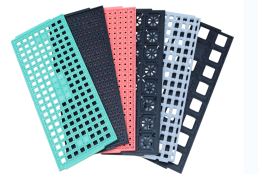
Benefits of Custom Wafer Shipping Containers
Opting for a custom wafer shipping container can provide significant advantages over off-the-shelf solutions, especially when dealing with unique requirements. A custom wafer shipping container is designed to address specific challenges, such as unusual wafer sizes, high-value dies, or extreme shipping environments. For example, if your company handles large-diameter wafers (like 450mm), a standard flex frame wafer shipper might not offer adequate support, necessitating a tailored design that enhances stability and load distribution.
The process of developing a custom wafer shipping container typically involves collaboration between the client and the wafer shipper manufacturer. This includes detailed assessments of shipping routes, handling equipment, and risk factors. The result is a container that not only protects wafers but also integrates seamlessly into existing workflows. For instance, a custom wafer shipping container might feature RFID tags for automated tracking or special latches for easier opening in cleanrooms. These enhancements can reduce handling time and minimize human error, leading to higher throughput in manufacturing facilities.
Cost-wise, while a custom wafer shipping container may have a higher upfront wafer shipper price compared to standard models, it often delivers better ROI through reduced damage rates and improved efficiency. Consider a scenario where a company ships fragile dies that require extra cushioning; a bespoke die shipper supplier might design a container with additional foam inserts, cutting breakage rates by over 50%. Moreover, customization allows for scalability—containers can be designed for reusability, aligning with circular economy principles. When planning for customization, it's essential to work with a experienced die shipper supplier who understands the nuances of die protection, which we'll explore next.
Selecting a Die Shipper Supplier
A die shipper supplier specializes in containers for transporting individual semiconductor dies, which are even more delicate than whole wafers. Dies are typically cut from wafers and are highly susceptible to mechanical stress and ESD. Choosing the right die shipper supplier is critical because improper packaging can lead to micro-cracks or electrostatic damage, ruining expensive components. The die shipper supplier should offer products that provide precise cushioning and secure seating for dies, often using materials like conductive trays or gel-based holders.
When selecting a die shipper supplier, evaluate their product range and expertise in die handling. A good supplier will offer options compatible with various die sizes and types, such as memory chips or processors. They should also provide testing data, like shock and vibration analysis, to validate protection levels. For companies using flex frame wafer shipper for wafers but needing separate solutions for dies, a die shipper supplier that can integrate both systems ensures consistency in logistics. Additionally, look for suppliers who offer value-added services, such as packaging consultation or failure analysis, which can help optimize your entire shipping process.
The relationship with a die shipper supplier also affects overall costs. A reliable supplier might offer volume discounts or consignment programs that lower the effective wafer shipper price for dies. However, avoid choosing based solely on price; a cheaper supplier might use inferior materials, leading to higher failure rates. Instead, focus on total cost of ownership, including factors like durability and support. For instance, a die shipper supplier with quick turnaround times can reduce downtime in production lines. As we transition to discussing costs, it's clear that supplier selection intertwines with pricing strategies.
Understanding Wafer Shipper Price Factors
The wafer shipper price is influenced by multiple variables, and understanding these can help you budget effectively without compromising quality. Key factors include material costs, design complexity, order volume, and customization level. For a standard flex frame wafer shipper, the wafer shipper price might range from $50 to $200 per unit, depending on size and features. High-performance materials, such as advanced ESD-safe polymers, can drive up costs but offer better protection, potentially saving money by reducing damage-related losses.
Volume discounts are common in this industry; ordering large quantities of semiconductor shipping container products often lowers the per-unit wafer shipper price. However, this requires accurate demand forecasting to avoid overstocking. Customization also affects price—a custom wafer shipping container with unique dimensions or added features like humidity indicators will cost more upfront but might provide long-term savings through improved efficiency. Additionally, geographic factors play a role; sourcing from a local wafer shipper manufacturer might reduce shipping costs but could have higher labor rates, influencing the final wafer shipper price.
It's important to consider hidden costs, such as compliance with international standards or certification fees, which can add to the wafer shipper price. For example, containers shipped globally might need to meet REACH or RoHS regulations, requiring additional testing. To manage costs, request detailed quotes from multiple suppliers and compare based on total value, not just initial price. Negotiating service agreements, like maintenance for reusable containers, can also optimize expenses. Ultimately, investing in a quality flex frame wafer shipper at a reasonable wafer shipper price ensures reliability, which leads us to common problems and their solutions.
Common Problems with Flex Frame Wafer Shippers and How to Solve Them
Despite their advanced design, users of flex frame wafer shipper products may encounter several common issues. Addressing these proactively can minimize disruptions. One frequent problem is frame fatigue, where the flexible components lose elasticity over time, reducing shock absorption. This often occurs with reusable shippers that undergo multiple cycles. Solution: Regularly inspect and replace shippers based on usage metrics provided by the wafer shipper manufacturer. Implementing a tracking system for container lifecycle can prevent unexpected failures.
Another issue is contamination, where particles accumulate inside the flex frame wafer shipper, risking wafer damage. This is especially critical in cleanroom environments. Solution: Use shippers with smooth, non-shedding surfaces and adhere to strict cleaning protocols. Some custom wafer shipping container options include built-in filters or seals to mitigate this. ESD failure is also common if the container's conductive properties degrade. Solution: Test ESD resistance periodically and choose shippers from a reputable die shipper supplier who provides certification data.
Handling errors, such as improper stacking or dropping during transport, can cause misalignment within the flex frame wafer shipper. Solution: Train staff on correct handling procedures and consider containers with visual indicators for proper orientation. Additionally, compatibility problems with automated systems can arise if the shipper dimensions deviate from standards. Solution: Work with the wafer shipper manufacturer to ensure designs meet SEMI specifications. Finally, cost overruns related to wafer shipper price can be managed by optimizing order quantities and exploring reusable models. By anticipating these problems, companies can maintain a smooth logistics flow.
In conclusion, the flex frame wafer shipper is a critical component in semiconductor logistics, offering flexibility and protection. From selecting the right wafer shipper manufacturer to understanding wafer shipper price factors, each decision impacts supply chain efficiency. By addressing common issues and leveraging customization, businesses can enhance reliability and reduce costs. As technology evolves, staying informed about advancements in semiconductor shipping container designs will be key to maintaining a competitive edge.



